Protecting and restoring the heart of our planet
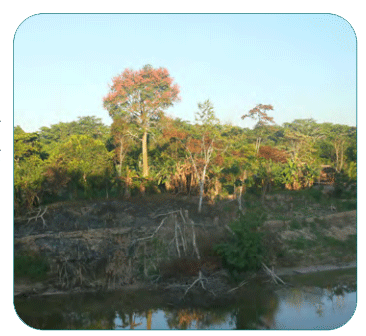
© Teça Horokoski
Download as a PDF
Located in the Amazon forest in Acre, Brazil, near the border to Peru, the community of Apiwtxa is one of the homes of the Ashaninka People. The community has come together to protect and restore the biodiversity in the area, by creating innovative and scalable restoration methods based on culture, spiritual leadership, and collective effort.
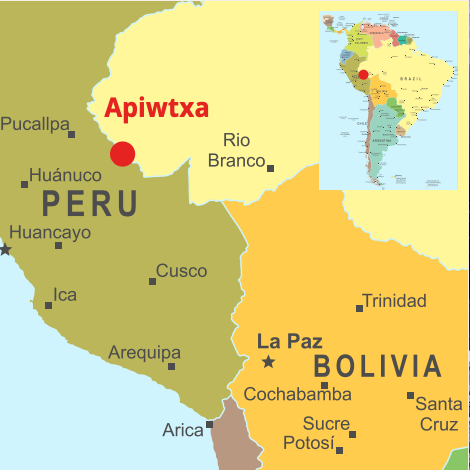

© Nico Lewis
“[T]he pajé’s [shaman’s] thought spreads everywhere under the ground and under the water, beyond the sky and in the most distant regions. They know the innumerable words of these places and those of the beings from the beginning of time. This is the reason they love the forest and want to defend it. But… [in] the minds of the white Urihia [white man], the land-forest people’s great men only contain the drawing of the tangled words they stare at on their paper skins. Their thoughts cannot travel very far. They remain stopped at their feet, and it is impossible for them to really know the forest. This is why they do not worry about destroying it! They tell themselves that it grew by itself and that it covers the ground without reason. They probably think it is dead. But that is not true.”
DAVI KOPENAWA YANOMAMI AND BRUCE ALBERT, THE FALLING SKY: WORDS OF A YANOMAMI SHAMAN.
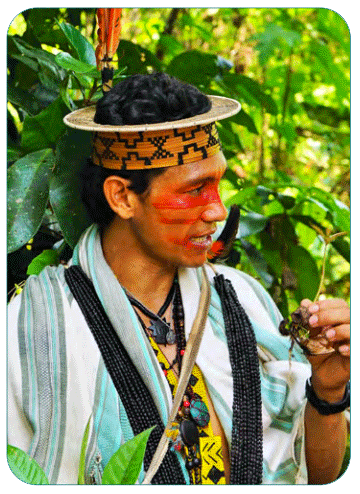
© Carolina Comandulli
“I have learnt all [that] from my heart, it comes from inside me because I belong to the forest and I am part of the Earth, and Earth is a part of me.”
BENKI PIYÃKO, SPIRITUAL AND POLITICAL LEADER OF APIWTXA
“Our project reasoning comes from an ideology of nature, which is another universe. It is different from a cattle-raising project or an industry project.”
BENKI PIYÃKO

© Carolina Comandulli
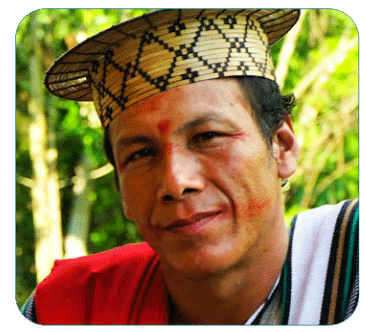
© Carolina Comandulli
“We are not going to copy a model from the outside. We will create our own.”
MOISÉS PIYÃKO
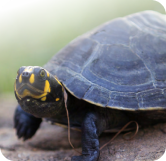
“We must look after everything and everyone. The animals we do not eat are eaten by other animals. We must think about the palm trees. We do not think about being strong due to money, but we think about being strong through our identity and values. We think of looking after a land forever. We are not looking at it as temporary, as so many people do”
FRANCISCO PIYÃKO
Download as a PDF
Apiwtxa is an Ashaninka community located in the Amazon rainforest, in the Brazilian state of Acre, alongside the Amônia River and the Peruvian border. After a long struggle, this Indigenous People’s territory, an area spanning 87,205 hectares, was officially recognised by the government in 1992.
Responding to rapid deforestation and species loss, the Ashaninka developed a series of strategies designed to help their community thrive: unique agroforestry systems, fish farms, protecting the forest, and efforts to sustain traditional culture. They have received national and international recognition for outstanding contribution to environmental regeneration, protection and cultural revitalisation, including the 2017 United Nations Equator Prize.
The Apiwtxa community maintains practices embedded in the ancestral knowledge and wisdom passed down from generation to generation over thousands of years. Their approaches to living are rooted in their experience of being one aspect of a much larger, intelligently alive landscape.
Honouring the spirit of the forest
Communities like Apiwtxa dwell within ecosystems that are recognised by many as irreplaceable to the health of the entire planet. Vast, complex and intricate, the Amazon rainforest contributes to global weather patterns, carbon levels and the purification of water and air molecules on an immense scale. The Amazon’s ‘flying river’ is understood to flow larger volumes of water compared to the ground river.
On average, 20 billion metric tons of water evaporate from the tree canopies every day, flowing across the continent enabling food for hundreds of millions of human and non-human species. The Amazon’s landscape and waterways are home to more species of plants and animals than any other terrestrial ecosystem on the planet—some estimate that 30 percent of the world’s species are found here.

Some of the unique species living among the Ashaninka are poison dart frogs, blue morpho butterflies, green anacondas, black caiman, jaguar, capybaras, giant ant eaters, golden lion tamarinds, bald uakars, three-toed sloths, pink freshwater dolphins, giant otters, hoatzin birds, and carachama fish.
For the millions of people indigenous to the Amazon basin, the living forest has provided abundance freely, both in practical ways (food, building materials, clothing, tools, medicines) and in spiritual ways, as a source of joy, beauty, health, wellbeing, reverence and companionship. They have practices to honour and to show gratitude, and reciprocity for these gifts. Their spiritual leaders play a vital role in maintaining the balance between the visible and non-visible energies that animate this living world.
Visioning and Implementing a New Future
With colonial invasion and the steady growth of global markets came legal and illegal deforestation and extraction, forcing the community’s energies to be put towards resistance and survival for decades. Following the legal demarcation, the community began regenerating what had been lost. However, the success of their work continues to make their territory attractive to poachers and loggers.
From this ongoing struggle emerged their major ‘life project,’ the result of years of community dialogue, guided by the visioning of the thriving future they wished for, followed then by collective planning and designing the actions to take them there. Everything they do is based on the relational principles and foundations of their culture and how this wisdom could now be applied to respond to modern threats including extraction, climate change, and cultural genocide.
With a clear intention to protect, restore and enrich life in their land, the Apiwtxa community have created several projects. These initiatives have not been led by external organizations, and a great number of them have been accomplished without funding through the collective effort of the community. Maintaining their autonomy is an essential component of their life plan and since demarcation and the rise of nonprofit development projects, the community have also had to resist ‘plantation-like’ belief structures and approaches. Instead, they have retained a steadfast focus on the manifestation and endurance of life in its many forms.
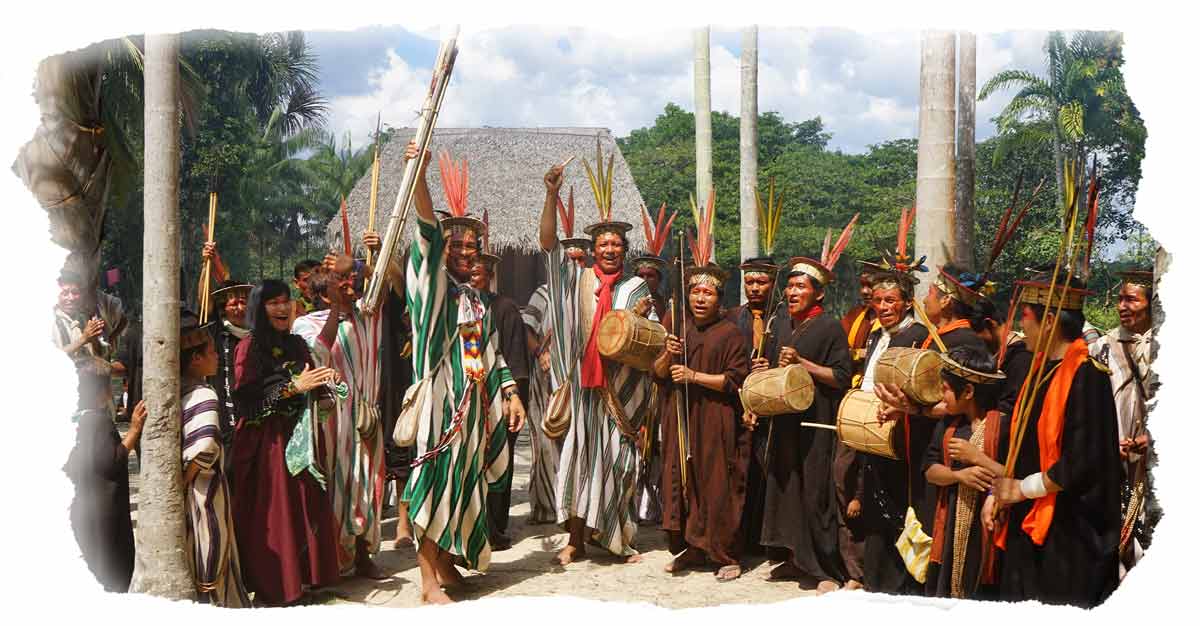
For example, in 1992, Apiwtxa identified just 30 female turtles (a species known locally as tracajá – Podocnemis unifilis) in their river. They responded by designing and implementing a project to revitalise and restore turtle populations and since then, have released over 6,000 turtles into the river. Apiwtxa Association projects have planted over 2,000,000 trees.
Opportunities to Support
Many organisations around the world work to protect and restore forests and biodiversity. What’s unique about the approach of Apiwtxa is that it’s indigenous led and potentially scalable. They have shared their approach with many indigenous peoples, including with the Guarani, to restore Atlantic Forest and improve community food security. This collaboration was awarded the Newton Prize and together they are building indigenous knowledge-sharing networks.
The Apiwtxa community have shown how they can co-create long-term grassroots solutions to revive not only their territories, but a large network of forest people’s territories (both Indigenous and non-Indigenous Peoples). Given 80% of global terrestrial biodiversity falls within areas governed and/or managed by indigenous peoples and local communities, if scaled up, this would be game changing for climate change globally.
Another crucial intervention recently designed and implemented by the Apiwtxa community is in response to the global pandemic. Given insufficient government support and hospital access Apiwtxa is acting in service to try and prevent the suffering and loss of their fellow forest dwellers. Their community is mostly self-sufficient and therefore better able to isolate.
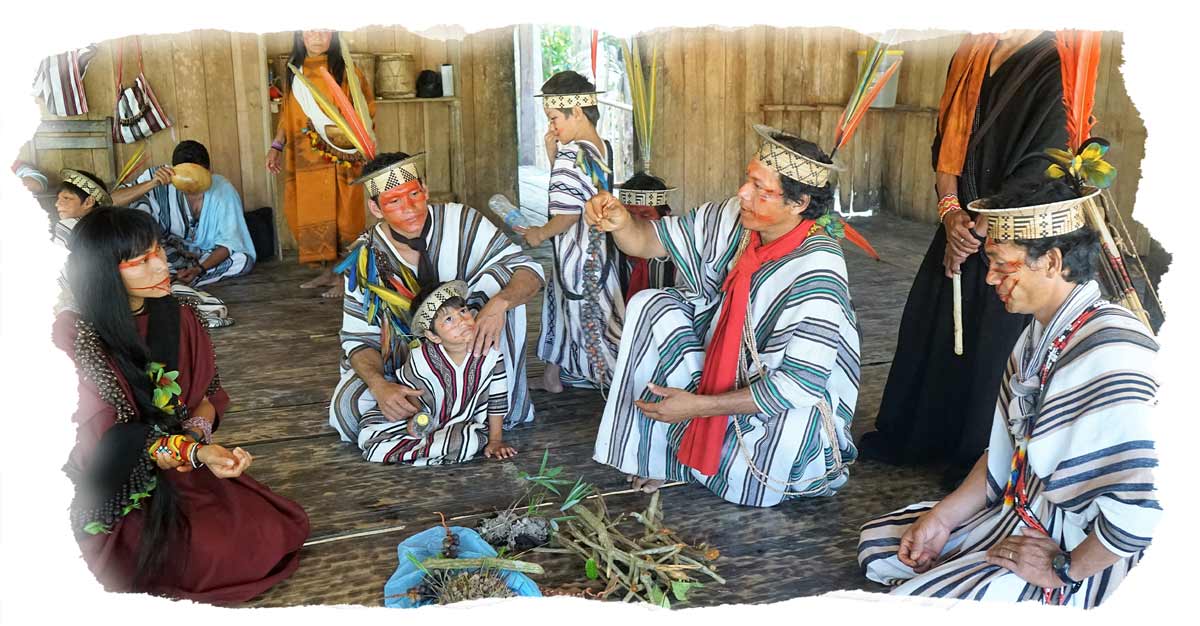
The campaign supports both Indigenous and non-Indigenous communities alike and donations have been requested internationally. The kits they are providing contain a bulk supply of food, equipment, and essential products, removing the need for forest dwellers to regularly visit towns, and items such as vegetable planting equipment and fishing materials which make longer-term local food production viable. Seven months into the campaign, Apiwtxa had sent kits to 56 communities (29 non indigenous, 27 indigenous) which equates to 1013 families, and approximately 3600 people. The campaign continues, you can donate and support at: www.ashaninka.fund/en Always innovating and launching new campaigns, Apiwtxa welcome support and awareness raising for their efforts. Stay connected by following the community on their social media channels:
1. Visit the community’s website:
www.apiwtxa.org.br
2. Follow them on Facebook and share their campaigns:
www.facebook.com/ashaninka.apiwtxa
3. Follow their Instagram for updates:
www.instagram.com/ashaninka.apiwtxa
This case study is based largely upon the thesis of Dr. Carolina Comandulli whose life has been connected to this community for seven years.
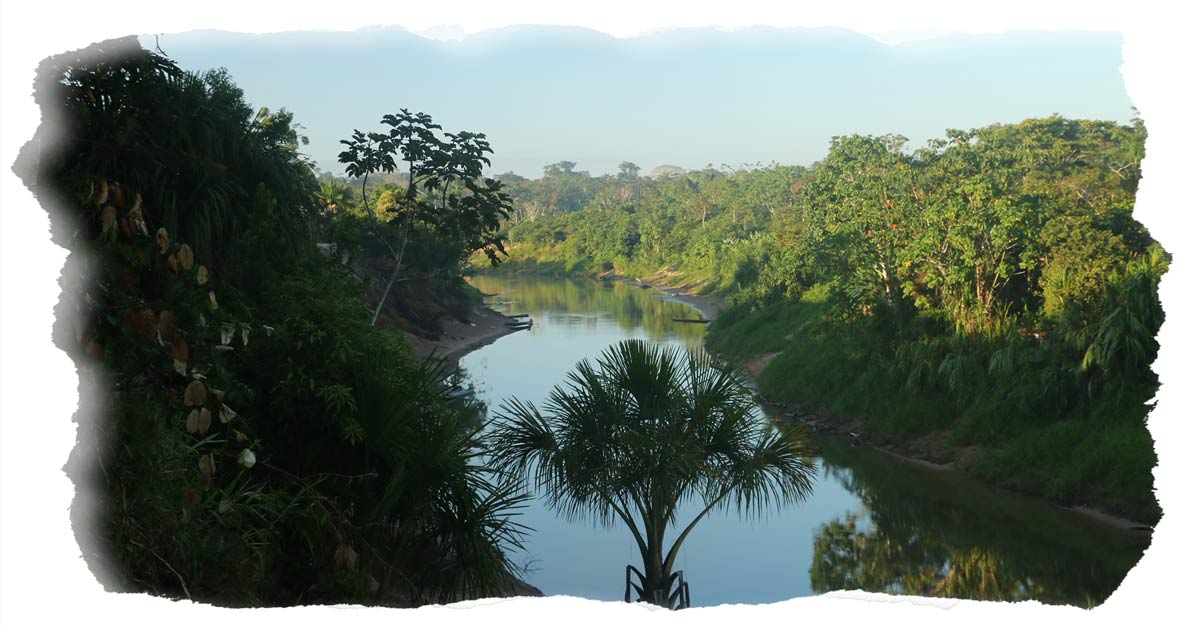
The internationally acclaimed protection work of the Apiwtxa community.

